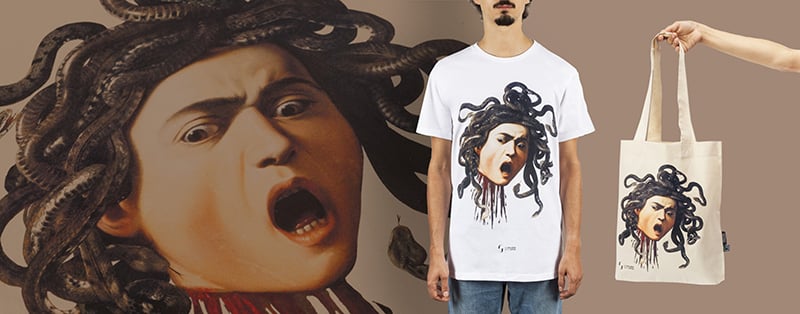Blog
All articles
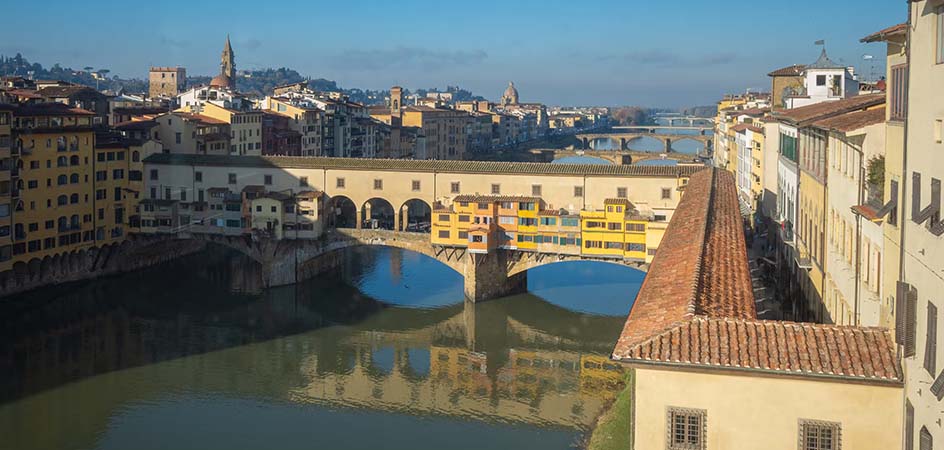
The Corridoio Vasariano: a striking elevated passage through history and the cityscape of Florence
Unprecedented, accessible and spectacular, the Corridoio Vasariano reopened to the public in late 2024 after an eight-year restoration that now allows visitors to walk the entire length of this historic passageway: 750 covered metres linking the former Medici residence of Palazzo Pitti with the seat of government, Palazzo Vecchio.
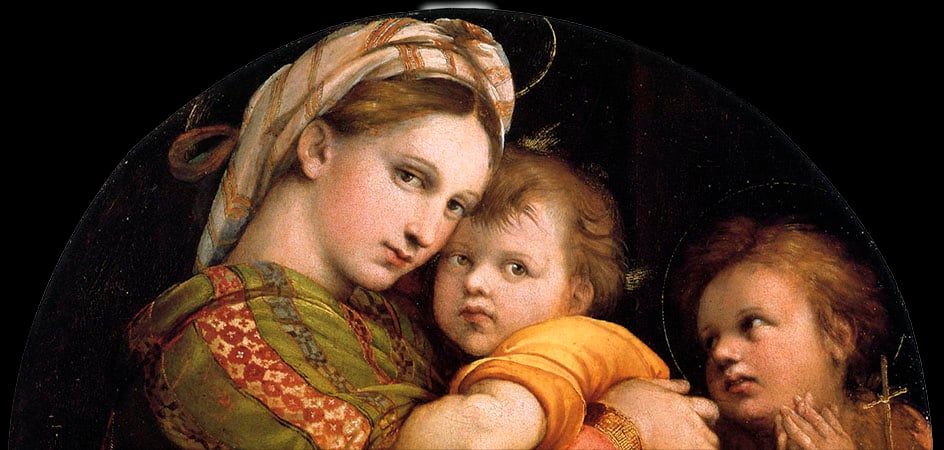
Raffaello’s Madonna della Seggiola, a masterpiece of rare familial intimacy housed in Palazzo Pitti
Displayed in the Sala di Saturno at Palazzo Pitti is one of Raffaello Sanzio’s most celebrated works: the Madonna col Bambino e san Giovannino, commonly known as Madonna della Seggiola. Set in an ornate seventeenth-century frame, the painting captivates for its deeply intimate tone – almost like a window into

Casa Martelli: an immersive journey into the life of an ancient Florentine dynasty
To those unfamiliar with Florence, the name may not ring a bell. Yet the Martelli were a powerful noble family well known in the city as early as the 15th century. Prominent bankers with close ties to the Medici family, they held onto their wealth and influence for centuries, inhabiting
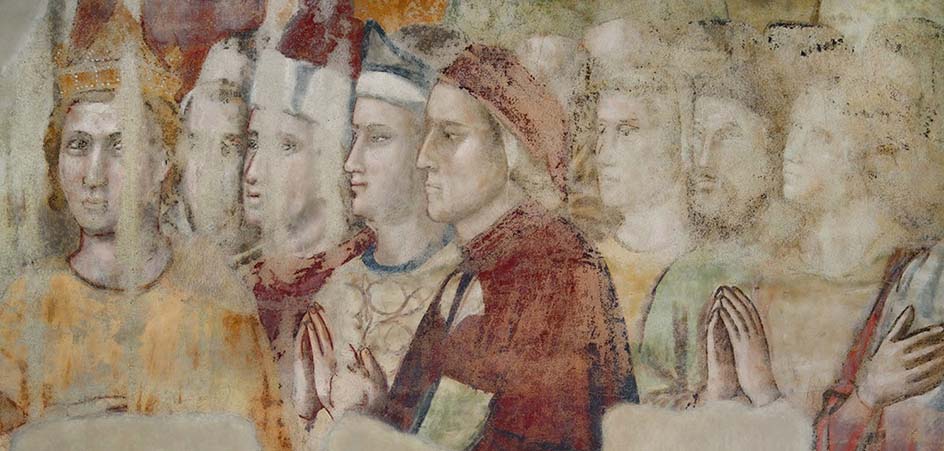
Dante at the Gallerie degli Uffizi: a journey through artworks inspired by the Supreme Poet
Few authors have inspired artists of the calibre of Giotto, Botticelli, Raffaello and Michelangelo as much as Dante Alighieri (1265–1321), still world-renowned for his Divina Commedia. A man of prose and poetry, Dante was forced to leave his native Florence due to political strife. Yet the city still preserves many
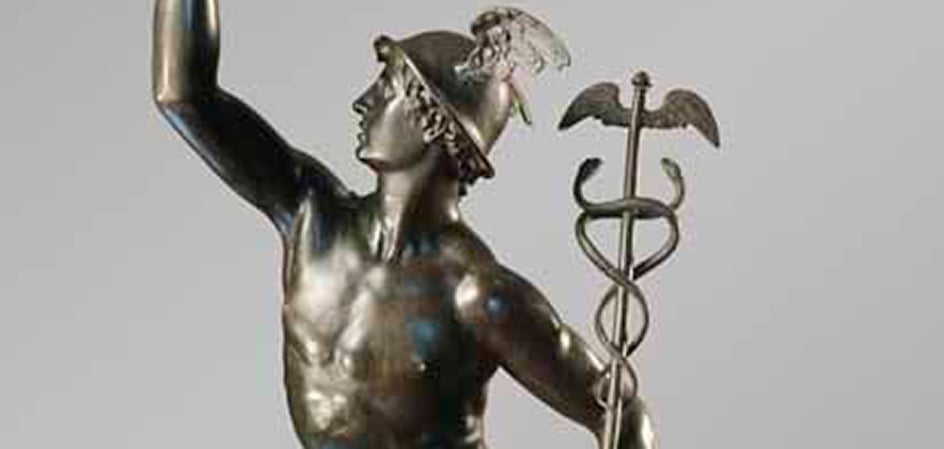
Giambologna’s Mercurio: an unrivalled icon of Florentine Mannerism
Determined, talented and tenacious, Giambologna – born Jean de Boulogne – is one of the leading figures of sixteenth-century Italy, and even today, anyone visiting Florence cannot help but admire his works. Among the most remarkable, celebrated and widely reproduced is certainly his Mercurio volante (1580, Florence, Museo del Bargello),
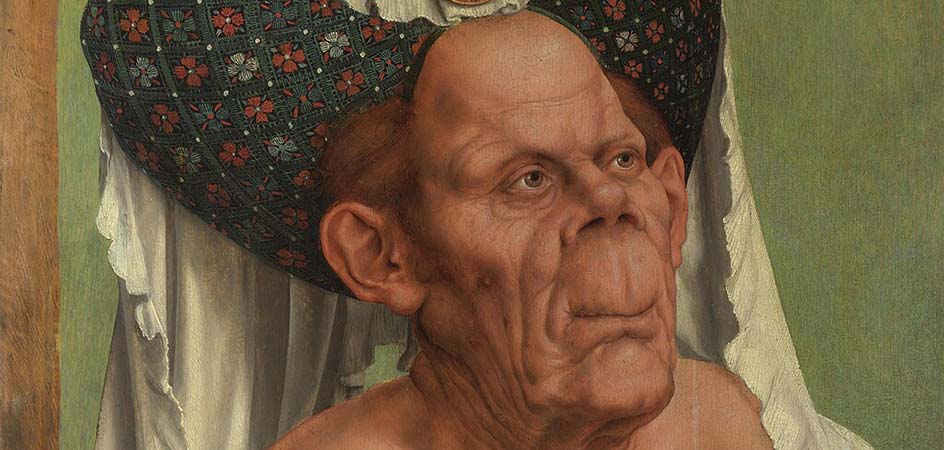
The beauty of ugliness: a fresh look at art between the 15th and 16th Centuries
Throughout the history of Western art, Ugliness has undergone a fascinating evolution. Initially viewed as a mere negation of beauty, it gradually acquired the status of an aesthetic category. This shift in taste and culture makes it even harder to define what is considered beautiful or ugly in art.
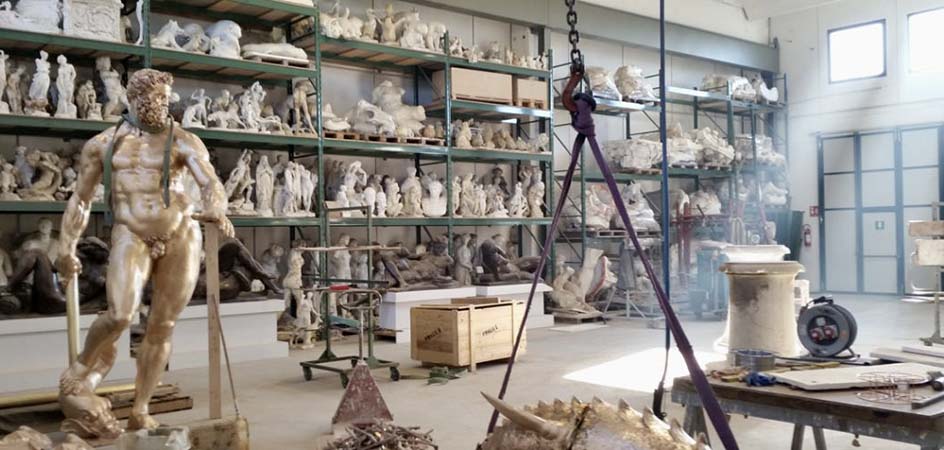
Florentine high craftsmanship: the historic Fonderia artistica Marinell
The story of the Fonderia Artistica Marinelli spans many years, built on ancient expertise and family traditions, where art and the highest Florentine craftsmanship merge to create one-of-a-kind works to admire and collect.
We spoke with its owner, Ferdinando Marinelli – grandson and namesake of the historic founder –
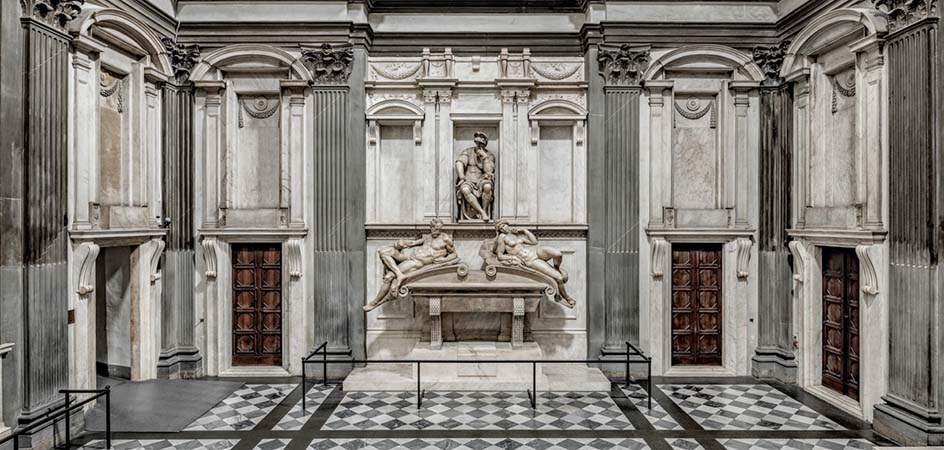
Sculpting space: discovering Michelangelo the architect
A supreme sculptor, an outstanding painter, Michelangelo was also an architect and writer – even though, by his own admission, he claimed he was neither. Yet he produced numerous verses in rhyme (published posthumously) and designed several buildings in both Florence and Rome. Many of his architectural projects were never
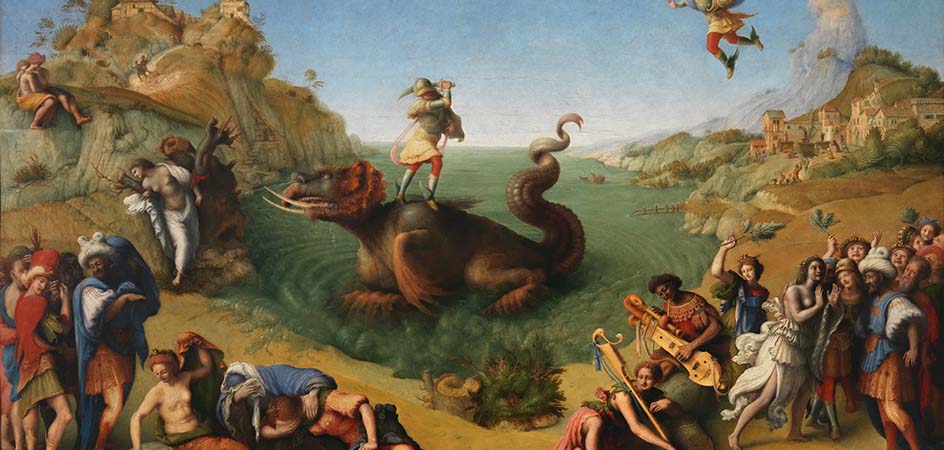
Greek mythology: stories of gods and heroes in painting and sculpture
From its earliest origins to the dawn of civilization and beyond, Greek myth has never ceased to captivate writers, philosophers, and artists. It survived Roman conquests, barbarian invasions, Christian reinterpretations, and more, arriving down through the ages largely thanks to the works of painters and sculptors who immortalized its stories.
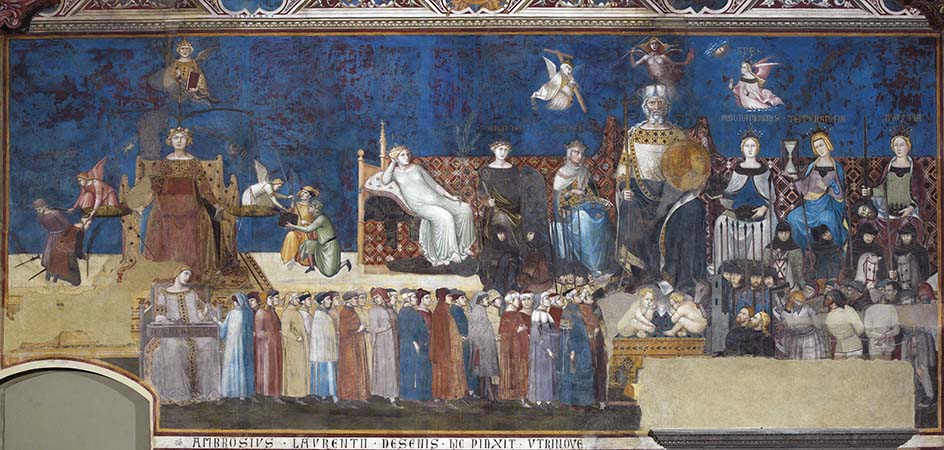
Allegoria del Buon Governo by Ambrogio Lorenzetti: a guide to interpretation
Between 1338 and 1339, the Sienese magistracy of the Nove (citizens chosen to administer the city) commissioned Ambrogio Lorenzetti (1290–1348) to paint the walls of the Sala della Pace in the Palazzo Pubblico, where government meetings were held. The result is a monumental cycle of frescoes, for a long time
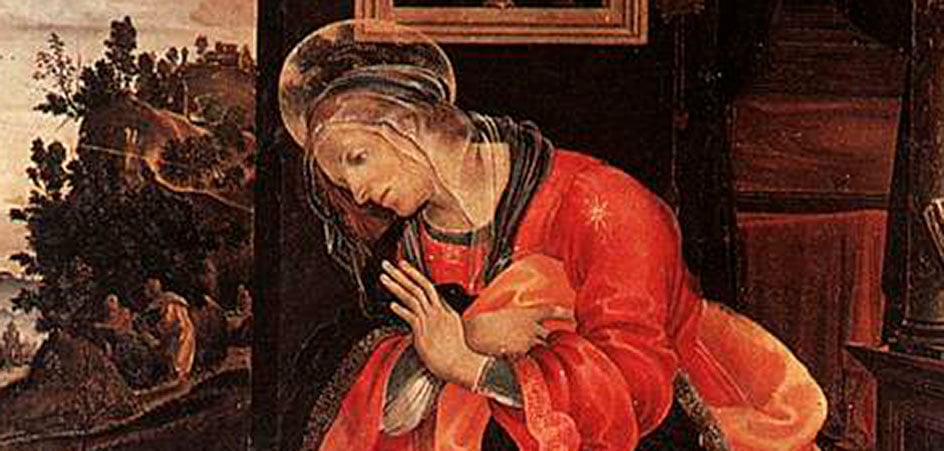
The Annunciation in painting: a journey through the most enchanting depictions from the Middle Ages to the Renaissance
The Annunciation is one of the most recurring themes in Christian art: since the 6th century, painters and sculptors alike have tackled the portrayal of this sacred scene, each in their own distinct way. In this article, we’d like to recall a few examples produced between the Middle Ages and
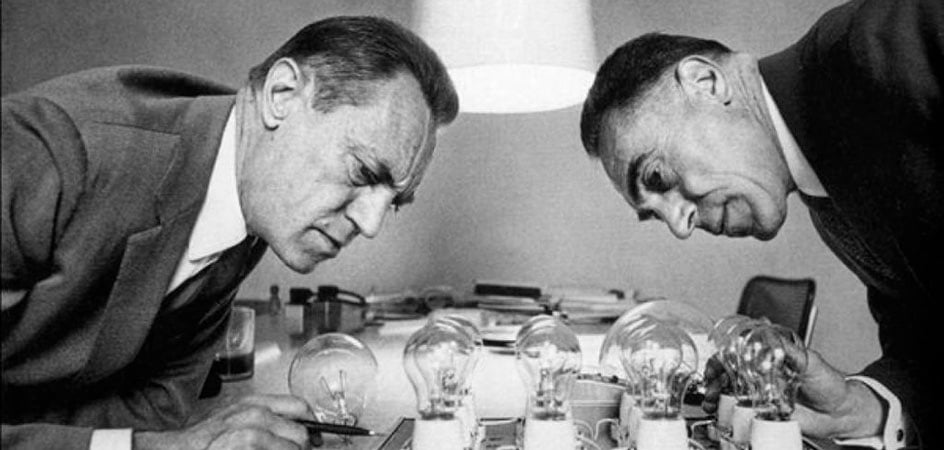
Achille Castiglioni’s life and works: innovation, functionality, and wit
When talking about Italian design, it’s hard not to immediately think of Achille Castiglioni and his brother Pier Giacomo. Both were award-winning architects and designers who, starting in the 1940s, created some of the most original projects on the Italian and international scene, producing objects still found in our homes
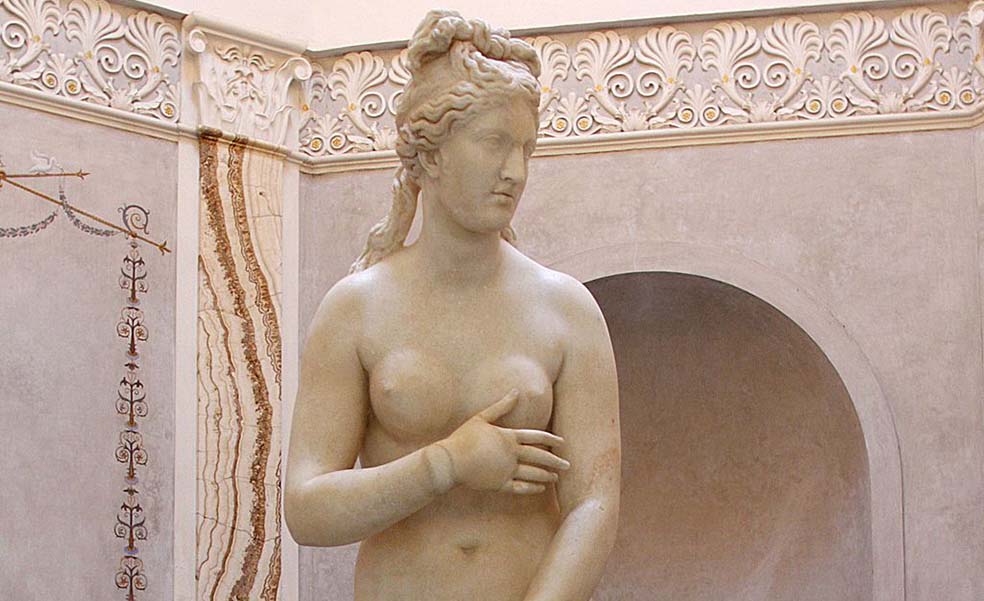
The nude through the centuries: from the Greeks to Tiziano in 5 masterpieces
The human body has always captivated artists, and depictions of nudity can be found as far back as antiquity. Yet their meaning shifts with evolving tastes, sensibilities, and social values. To better understand this progression, we have chosen five artworks where the nude plays a leading role – sometimes even
The Chimera di Arezzo: the Etruscan masterpiece of myth, art, and mystery
It was discovered on November 15, 1553, just outside the gates of Arezzo, during excavations for the construction of new city walls. It was rusted and dirty, its tail in fragments, two legs broken, and both eyes and jaws missing. And yet, there was no doubt: it was an Etruscan
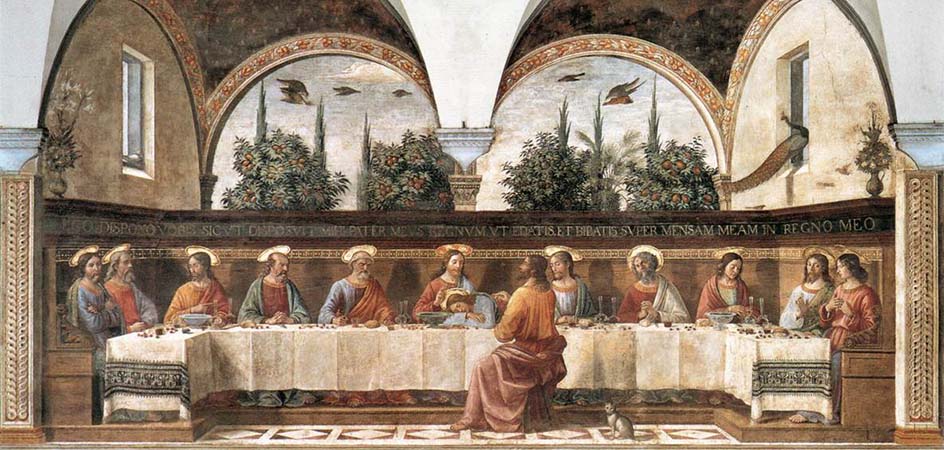
Beato Angelico and beyond: what to see at the Museo di San Marco in Florence
Located in the monumental complex of the Dominican convent, the Museo di San Marco houses the largest collection of works by Beato Angelico, who lived and worked here for many years.
But that’s just one reason to visit.
Inside, you’ll also find masterpieces by Fra Bartolomeo, Paolo Uccello,
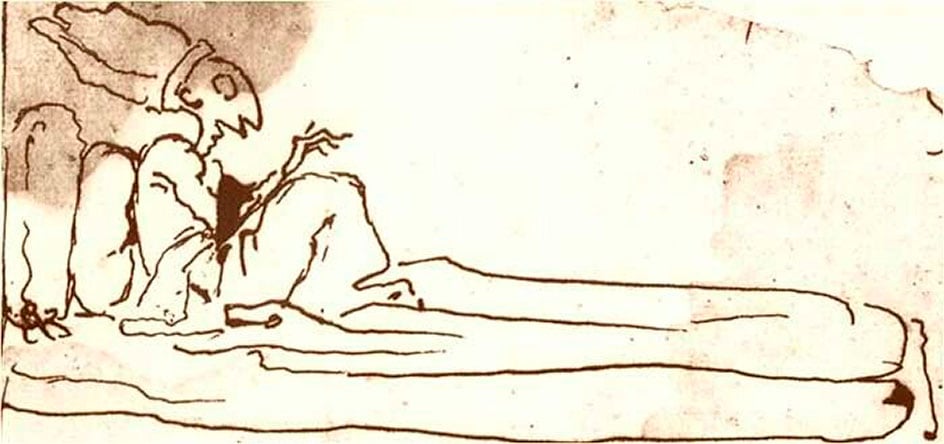
Caricature: an art on the edge between satire and beauty
Ironic, exaggerated, sharp: caricature is, by definition, a controversial art form. The artist strikes where it hurts the most, the subjects portrayed are often offended, and the audience laughs. The history of caricature blends personal, social, and political aspects. In this article, we’ll explore its origins and development in Europe,
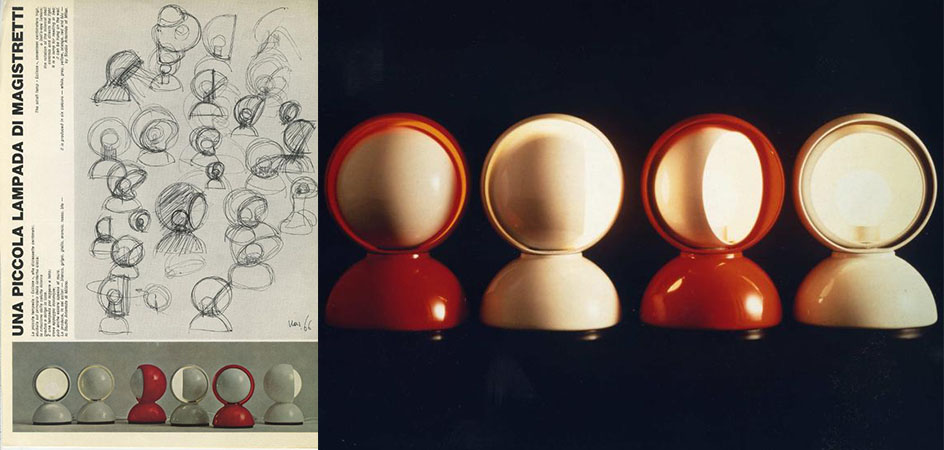
Vico Magistretti: life and works of an architect and designer awarded the Compasso d’Oro
World-renowned architect and designer Vico Magistretti (1920–2006) reinterpreted tradition with innovative materials and technologies, leaving an indelible mark on the history of Italian design – and beyond.
From the 1950s to today, his furniture designs have continuously adorned international homes and museums, defining new ways of living and understanding
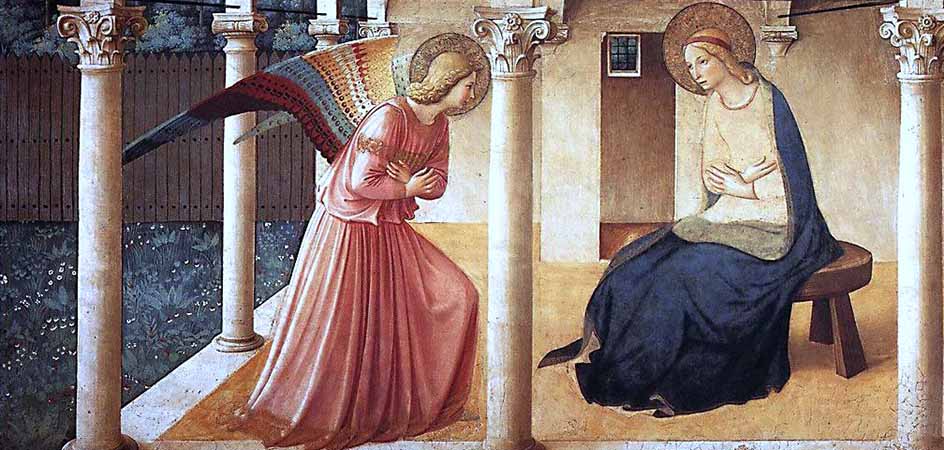
The Annunciazione by Beato Angelico at the Museo di San Marco, between Gothic and Renaissance
There are many aspects that make the Museo di San Marco in Florence a truly unique place. Originally established as a convent, it was partially secularized in the latter half of the 19th century when it was declared a national monument.
Inside, it now houses the largest collection of
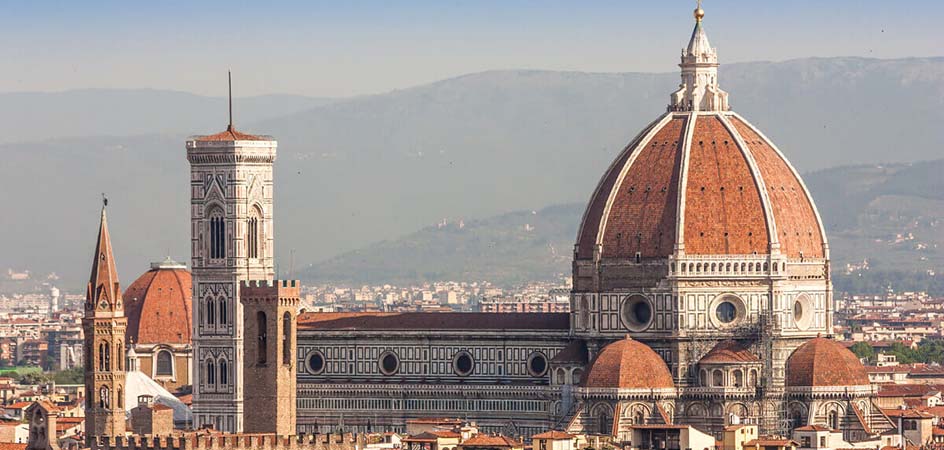
Brunelleschi’s dome: symbol of Florence and Renaissance architecture worldwide
An emblem of Florence, the dome of Santa Maria del Fiore towers over the city and, six centuries after its construction, still dazzles with its unsurpassed grandeur. Indeed, it remains the largest masonry dome ever built – a testament to the brilliance of Filippo Brunelleschi, a visionary architect with a
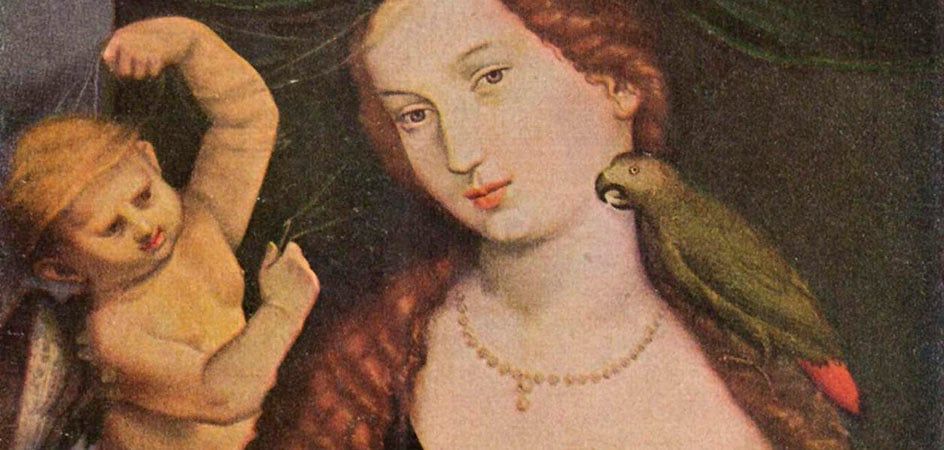
Dogs, cats and exotic species: animals in Renaissance art
A newfound interest in nature and the legacy of medieval symbolism are the keys to interpreting Renaissance paintings in which animals appear. The figurative art of this period focuses on a realistic depiction of the world while still preserving the rich repertoire of metaphors and allusions inherited from earlier times.
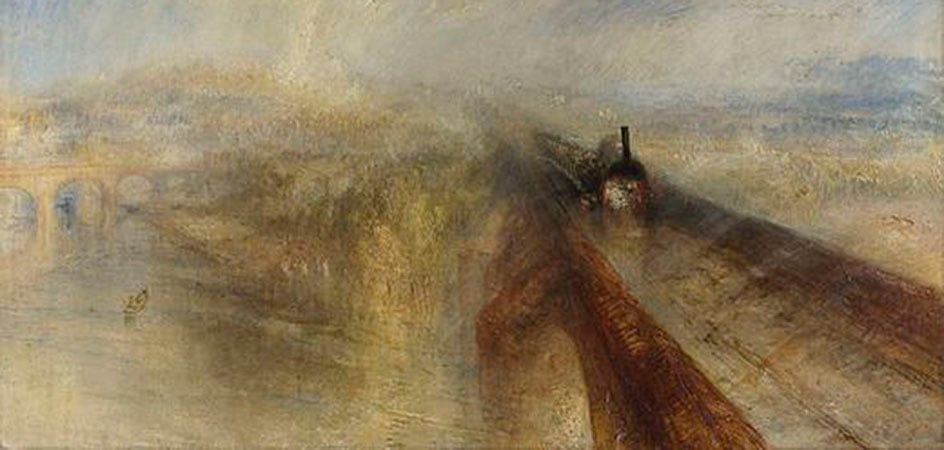
Landscape painting: a journey through the genre’s leading figures, from Giotto to the Macchiaioli
Symbolic, realistic, evocative: over the centuries, landscapes have taken on different meanings depending on the historical period, artistic movement, and each artist’s interpretation. Here, we will retrace its evolution by looking at some of the most significant milestones, from its early days right up to the threshold of Impressionism.
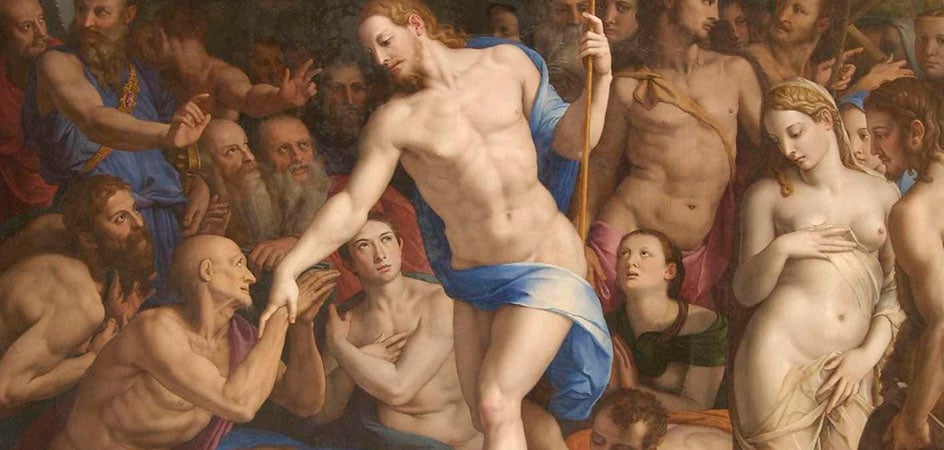
Bronzino’s works in Florence: a guide to discovering a Mannerist genius
An artist and a literary figure, Agnolo Bronzino (1503 – 1572) was one of the most versatile and prolific creators of the Florentine Mannerist period, and for this was greatly praised even by his contemporaries. As the official painter at the court of Cosimo I de’ Medici, he portrayed the
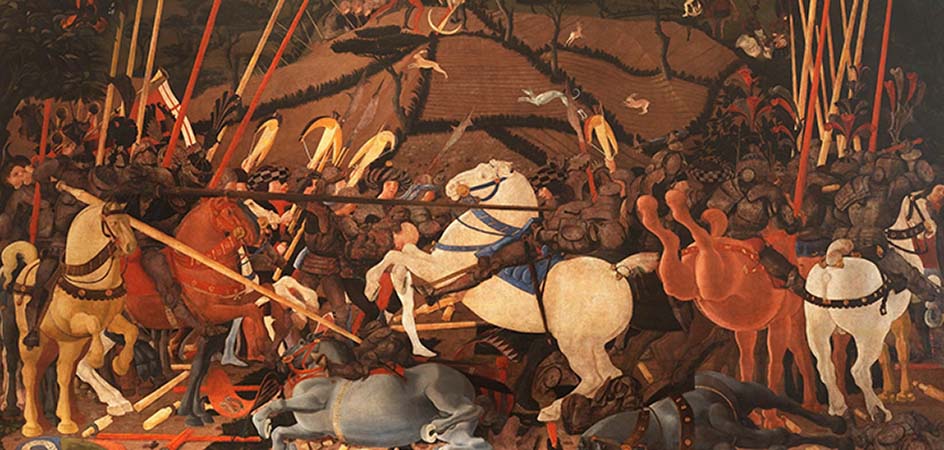
The Battaglia di San Romano by Paolo Uccello, between geometry and bold perspectives
It happens almost every day. Someone, while visiting the Uffizi, finds themselves spellbound before the Battaglia di San Romano by Paolo Uccello – not only because it’s the first non-religious subject in the Galleria’s display, but also for its strikingly unusual appearance. Its colors, composition, and style stand apart from
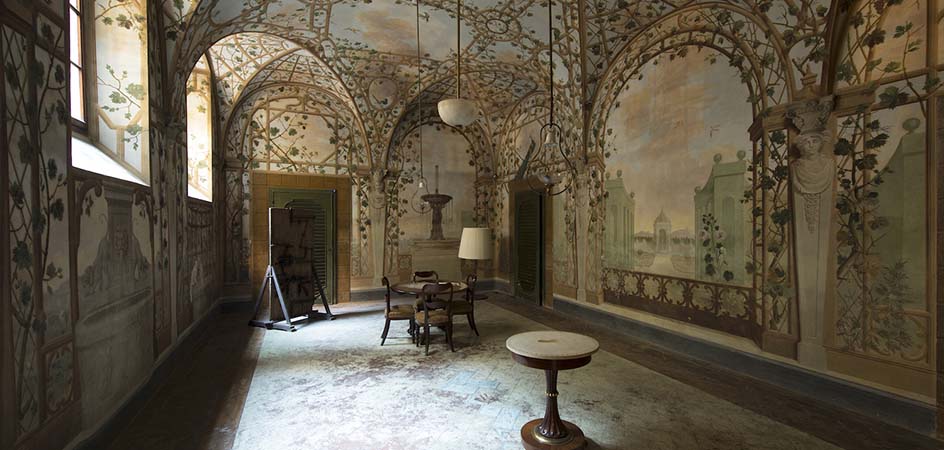
Hidden treasures of Florence: 5 lesser-known museums worth visiting
Renowned worldwide for its unparalleled artistic heritage, Florence abounds with so-called “lesser-known” museums – though that’s simply a technical label and in no way a reflection of their worth.
In this article, we’ve selected five often overlooked gems, typically absent from the usual tourist itineraries, yet brimming with unique



